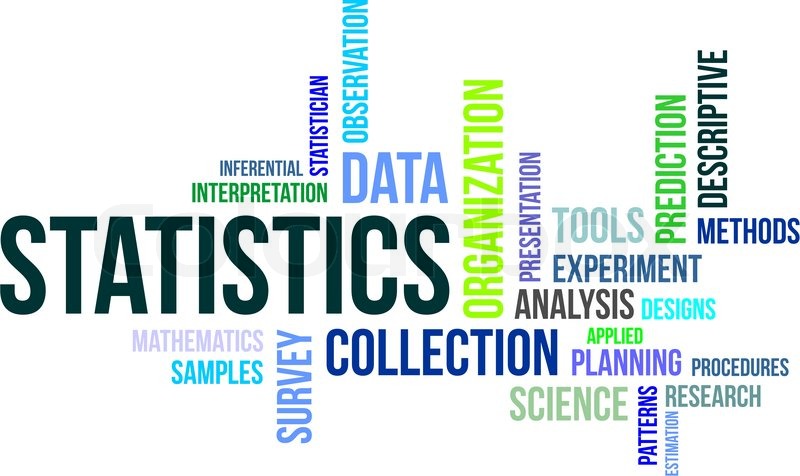
Environmental Communication Skills - 2023
Introduction and Subject Overview: The
course equips students with communication skills for academic purposes, in
order to communicate effectively both verbally and non-verbally. The course
examines processes of communication, models and barriers to communication,
summarizing, paraphrasing and argumentation skills, as well as textual cohesion
and avoidance of plagiarism towards application of academic communication
skills in essay writing and other forms of academic and scientific writing and
uses various computer-mediated communication platforms in academic and
professional work.
Course Aims & Objectives
The course aims to equip students with communication skills suitable for their academic purposes, by helping them to communicate effectively both verbally and non-verbally.
Learning Objectives:
At the end the course, Students will be equipped in:
- The process of communication
- models of communication
- barriers to communication,
- summarizing skills
- paraphrasing skills
- argumentation skills,
- Textual cohesion
- Avoidance of plagiarism.
- Application of academic communication skills in essay writing
- Forms of academic and scientific writing
- Use of computer-mediated communication platforms in academic and professional work
Course delivery: (optional): Lectures and practice using a 2-hour lecture session and 2 and half-hour practical.
Plagiarism Policy: A summary from student’s handbook and ethics policy of the university (To be provided by the HOD)
Assessment Methods and Grading Scheme
Assessment Methods applicable to the course include:
- Unannounced Written Quizzes
- Oral Presentation by PowerPoint
- Mid Semester Exams – written and practice.
- Assignment
- Participation in lecture, practice and discussion activities
Grading scheme is as follows:
- Homework/Assignments/Presentations/Educational Trips….………………15%
- Attendance and participation ………………………………………………. 5%
- Mid-Semester Exams……………………………………………………….20%
- Final Exam………………………………………………………………….60%
Special Activities and Dates
- Major Class Assignment and Test I Week 3
- Major Class assignment and Test II Week 4
- Presentations Week 6
- Mid Semester Exams Week 8
- Presentation of preliminary Project Week 10
- End of Semester Exams:
Student
Responsibilities: (rules ; ensure discipline while
in class)
Example:
- Students are required to attend all lectures on time and participate in all practice work.
- Participation includes attending class, asking questions, answering questions, doing the practice work, engaging in discussions and offering information relevant to the course.
- Students are also required to deliver their assignments on time and can consult the lecturer after lectures when they have problems with the course.
- Students should be able to make this course as practicable as possible both in class, presentations and in examinations.
- Quizzes would be conducted at any time. Therefore, students are advised to always prepare before attending lectures.
- Comply with all University regulations in the students’ handbook especially on attendance to lectures and examinations.
Expected Learning Outcomes (the overall outcome of taking the course):
- Understanding concepts: students should be able to apply the basic concepts of research in the preparation and submission of student thesis, dissertation or project work.
- Attitude: students should be able to apply the knowledge in any research practice.
- Cognitive: students should be able to remember and apply the basic and important concepts of research in everyday life.
Required Reading List (Also in the schedule of Lecture Activities)
Abidi S. A. H. (1991). Communication Information and Development. Nairobi: Kenya Masaki Publishers.
Bovee C. and Thill J. V. (1997). Business Communication Today. New Jersey: Prentice Hall.
Cunningham, H. & Brenda G. (2002). The business style handbook: An A-to-Z guide for writing on the job with tips from communications experts at the fortune 500. New York: McGraw-Hill.
Griffin, J. (1998). How to say it at work: putting yourself across with power words, phrases, body language and communication secrets. New York: Prentice Hall Press.
Hatch, L. G. (2003). Arguing in Communities: Reading and Writing Arguments in Context. Boston: McGraw-Hill. Routledge
Recommended Reading List
Abidi S.A.H (1991). Communication Information and Development. Nairobi: Kenya Masaki Publishers.
Bovee C. and Thill J. V. (1997). Business Communication Today. New Jersey: Prentice Hall.
Cunningham, H. & Brenda G. (2002). The business style handbook: An A-to-Z guide for writing on the job with tips from communications experts at the fortune 500. New York: McGraw-Hill.
Griffin, J. (1998). How to say it at work: putting yourself across with power words, phrases, body language and communication secrets. New York: Prentice Hall Press.
Hatch, L. G. (2003). Arguing in Communities: Reading and Writing Arguments in Context. Boston: McGraw-Hill.
Schedule of Lecture Activities/ Lecturing Plan
|
Session |
Topic / Module |
Intended Learning Outcomes |
Required Reading Material |
|
1 |
Topic: 1.The process of communication 2. Models of communication Mode of Delivery /teaching Method · Lectures – PowerPoint slides · Practice / writing skills · Discussions · Self-study |
Students should be able to: 1. Describe the process of communication 2. Describe different Models of communication with clear examples 3. Demonstrate application of different Models in scientific or academic writing
|
Sekyi-Baidoo, Y. (2003) L earning and Communicating (2nd Ed)Willas Press Kumasi, Ghana pp11-18 and 338-430 |
|
2 |
Topic: · Barriers to communication, · Summarizing skills · Paraphrasing skills · Argumentation skills, · Textual cohesion
Mode of Delivery/teaching Method · Lectures – PowerPoint slides · Discussions / group studies & presentations · Major class Assignment 1 |
Students should be able to: -state and explain the barriers to communication -Demonstrate summarizing skills, paraphrasing skills, argumentation skills, Textual cohesion in writing academic essays
|
Sekyi-Baidoo, Y. (2003) L earning and Communicating (2nd Ed) Willas Press Kumasi, Ghana pp 250-430 |
|
3 |
Topic: Avoidance of plagiarism. Application of academic communication skills in essay writing Mode of Delivery/teaching Method • Lectures • PowerPoint slides • Practice / self-study • Discussions • Major class Assignment II |
Students should be able to: -Know the characteristics of academic communication -Avoid plagiarism by following the tenets of academic writing -Apply academic writing skills in essay writing
|
Sekyi-Baidoo, Y. (2003) L earning and Communicating (2nd Ed) Willas Press Kumasi, Ghana pp 200-430 |
|
4 |
Topic: Forms of academic and scientific writing Use of computer-mediated communication platforms in academic and professional work Mode of Delivery/teaching Method • Lectures – PowerPoint slides • Practice • Discussions
Major Course Assignment II Student reading assignment for presentation on: 1. Classification of forms of academic and scientific writing, their characteristics, advantages and disadvantages. |
Students should be able to: -Classify forms of academic and scientific writing -Explain the use of formal, objective (impersonal) and technical language to characterize academic writing - Use computer-mediated communication platforms in academic and professional work |
The Writing Centre http://sass.queensu.ca/writingcentre |
|
5 |
Topic: Individual Practice on academic presentation skills Mode of Delivery/teaching Method • Discussions |
Students should be able to: -prepare and present academic document to demonstrate academic presentation skills
|
|
|
|
Topic: Presentations Mode of Delivery/teaching Method • Lectures – PowerPoint slides • Discussions |
Students should be able to: - Prepare and submit individual and Group presentations |
PUG Guidelines and format for preparation and presentation of academic essays
|
|
|
End of Semester Exams |
- |
- |

Biological Population Statistics
This course builds on UCMP 803. As UCMP 803 is on methodological theories that are to be used as lenses to drive research, NRMP 804 deals with developing and applying statistical methods to understand problems encountered in the biological and environmental sciences. Statistics are based on counting and measurements. Biological Population Statistics deals with the collection, analysis and interpretation of biological data. Biological Population statistics provides the means to identify and verify patterns in these data and interpret the findings in an environmental health and natural resources management context.
The objectives of the course will be achieved through lectures, seminars and homework assignments.
Students MUST install SPSS version 22 or higher on their computers,